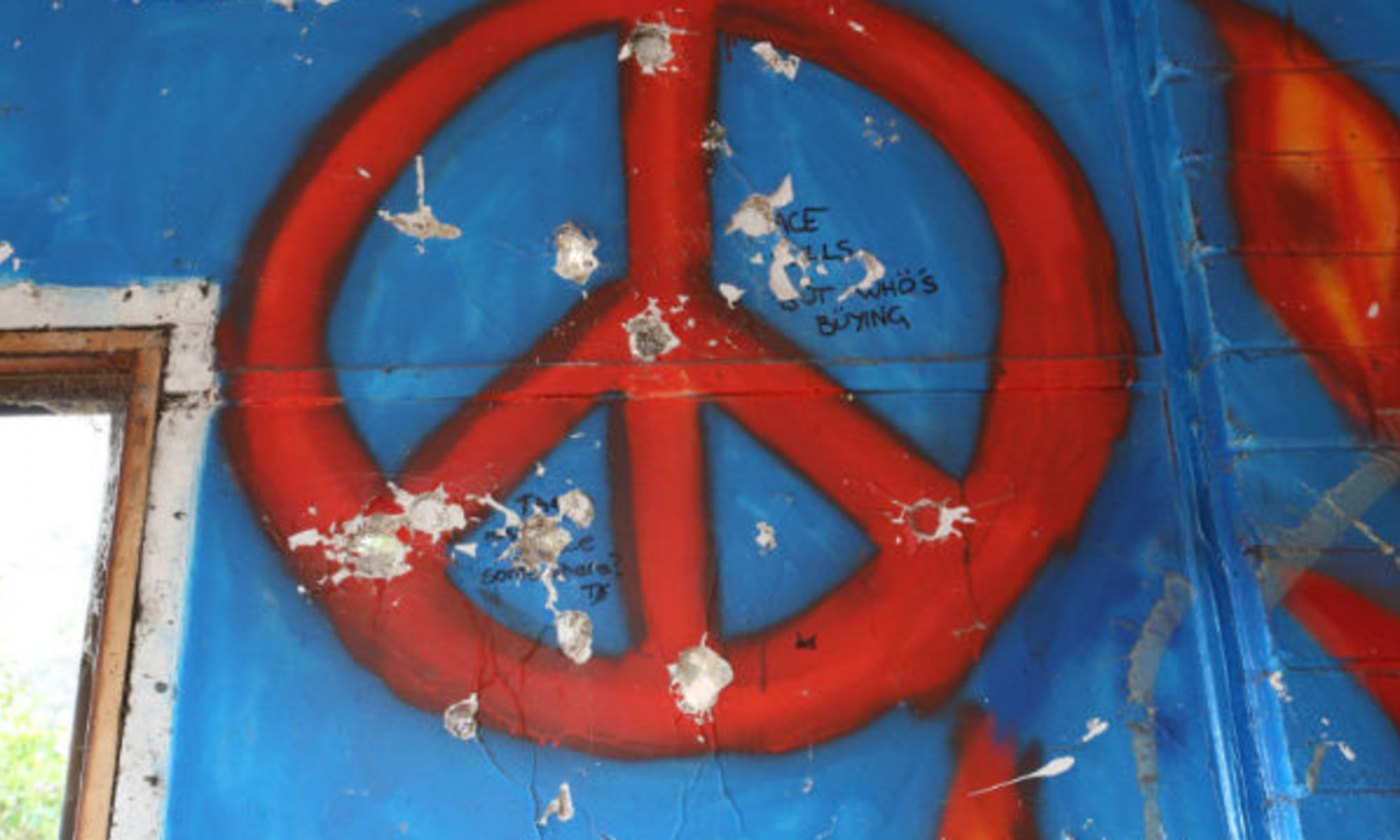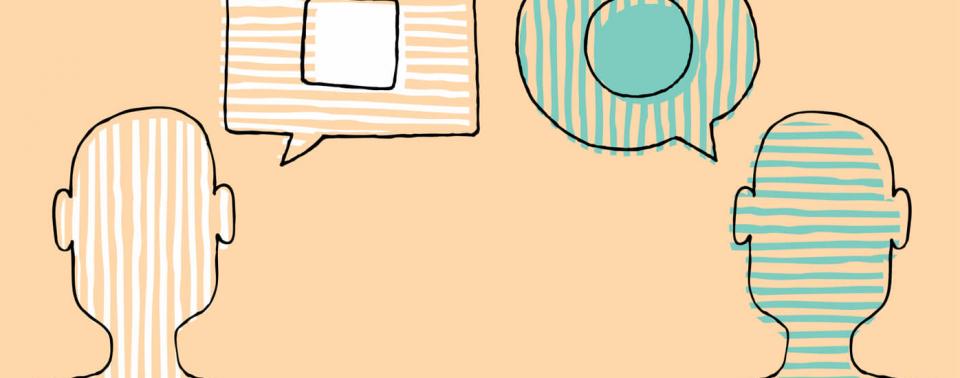By Ariana Falco
This lecture was hard for me to comprehend coming from a family with a military background and trying to understand different perspectives without my bias being present. I have to keep in mind that not all people in the national security spectrum are the same and that is something I am still working on.
Speaking in the realm of the United States, often times the word terrorism does not overlap with conflict studies. I found this to be shocking news from today’s presentation with Qamar Huda. His focus was on Education in Conflict Studies. When asked to ponder the question of how we know peace based off of our education, I reflected on wars and how they were looked at as a celebration bringing peace after winning. This has been something I have thought about before, but never in my realm of Peacebuilding, more so in general history. This question should be pondered by many. How do we define peace within our education system? Are we taught peacebuilding practices? These questions are something to think about throughout my post. Try to hide the general American pride ideologies and think about what really happened in wars, not just from the U.S. perspective.
Referring to what I said in former blogs, there are systemic issues that need to be changed. Do we need to reconstruct our entire education system in the US? I would answer yes. There is not enough money being funded into school to provide extra activities for students to teach them real life skills, let alone peacebuilding skills. Being drilled questions regarding math and science is useful to an extent. How are we teaching the future generations to thrive in a society without giving them social skills to subdue violence? The answer is that we aren’t. Why is this not being talked about?
Not only do we need to change our education system, but the systemic issues that cause fear in other areas. An example of this that we discussed is the difference between Freedom Fighters and Terrorists. The difference was the way the media and state markets them. Throughout my whole childhood and even today, we constantly refer to them ‘Terrorists’ without giving a thought to what’s behind that definition. In order to understand Violent Extremists, we must understand conflict. In order to solve conflict, we need conflict resolution. Alongside the resolution we need peacebuilding. These are not the same and should not be confused, both are needed. Everything narrows down to this factor. To me this idea was hard to grapple with and I think it is something that should be thought about far past the classroom. We should discuss and question how the state displays things for us. If we don’t challenge anything, no change will come.












